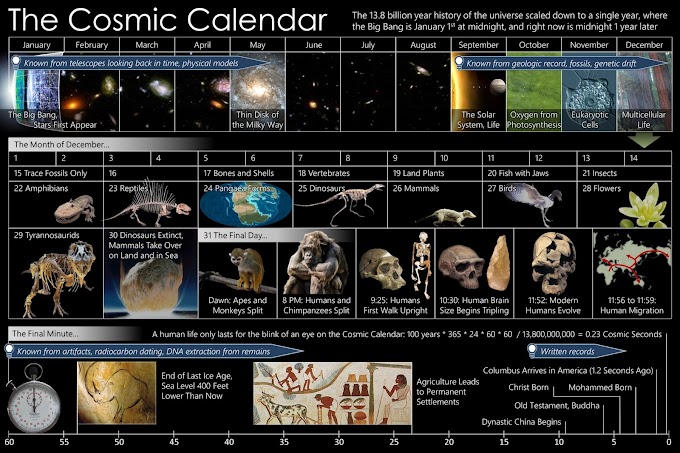First, to begin to understand, we must know how stars and planets and other celestial bodies with spherical shape are formed; Due to gravity, the amounts of space dust are concentrated in increasingly large quantities, at higher concentration, of course greater severity. In a process of attraction of matter that can take millions of years, stars and planets are formed.
The stars are born from clouds of gas and dust, and depending on the amount that congregates, so will the size of the star and its corresponding classification. The sphere shape is given since the most optimal way to concentrate matter around a point (or gravitational center), and for that matter to be distributed homogeneously around it, is precisely a sphere. This process is called isostatic adjustment. Once formed, the stars have to maintain their spherical shape while two main forces fight each other: gravity, which tries to compress the star towards its center, and the force of internal pressure, generated by the energy released inside the nuclear fusion star, which tries to expand the system (to understand it better, is similar to what happens with the tires of a car, which manage to support the weight of the car due to the pressure of the air inside).
The planets are formed in the same way by the accumulation of material, in this case debris, rocks and dust that are in a nebula of an incipient solar system (orbiting an already formed star). These rocks and dust gather and form larger rocks. When they impact each other, they become warm and a soft mass is formed which, due to gravity, is spherical in shape. While a planet is formed, matter that is subjected to the heat of its internal nuclear reactions is pushed by the strong attraction of its gravitational center. This gravitational attraction is also the same in all directions, and as the only geometric shape that meets this requirement is the sphere, since all matter in that body is located as close as possible to its center. Although the shape of the planets is not exactly spherical, but a little flat due to the rotation.
Although I must clarify again that the celestial bodies, planets, stars, comets... are not perfectly spherical, since they rotate, and the rotational force counteracts the force of gravity and causes the body to bulge and become more bulky in its equatorial area.
However, it is clear that not all celestial bodies are spherical, there are comets, asteroids, moons and dwarf planets with very irregular shapes, this is because they are very small, and the gravity in them is much smaller than in a planet, and their surfaces are not subjected to gravitational forces like in the largest objects. As a general rule, any rocky object that has more than 900km in diameter will be spherical, since from this size, the forces explained above begin to function homogeneously.








0 Comments